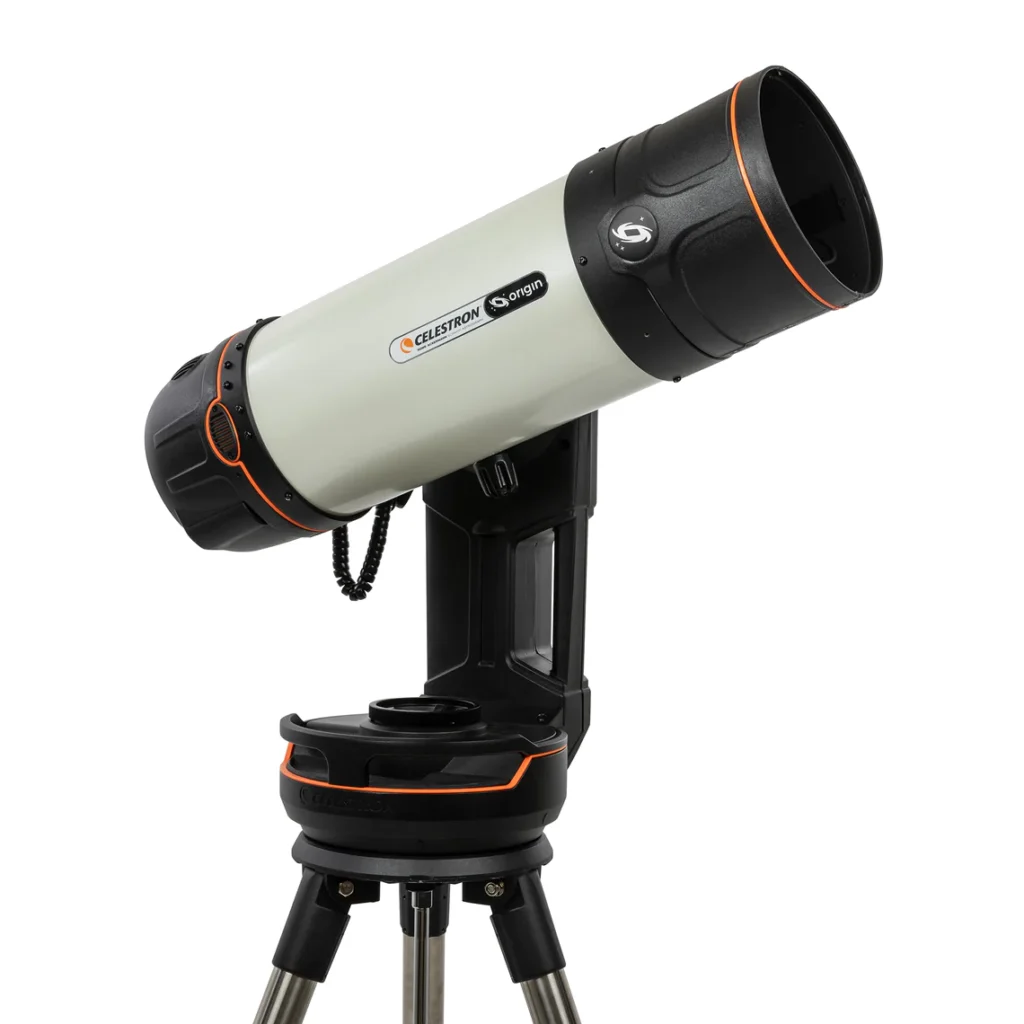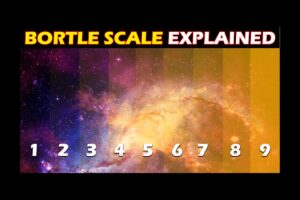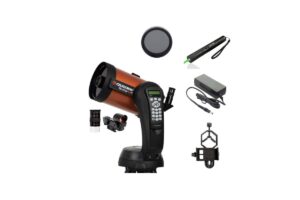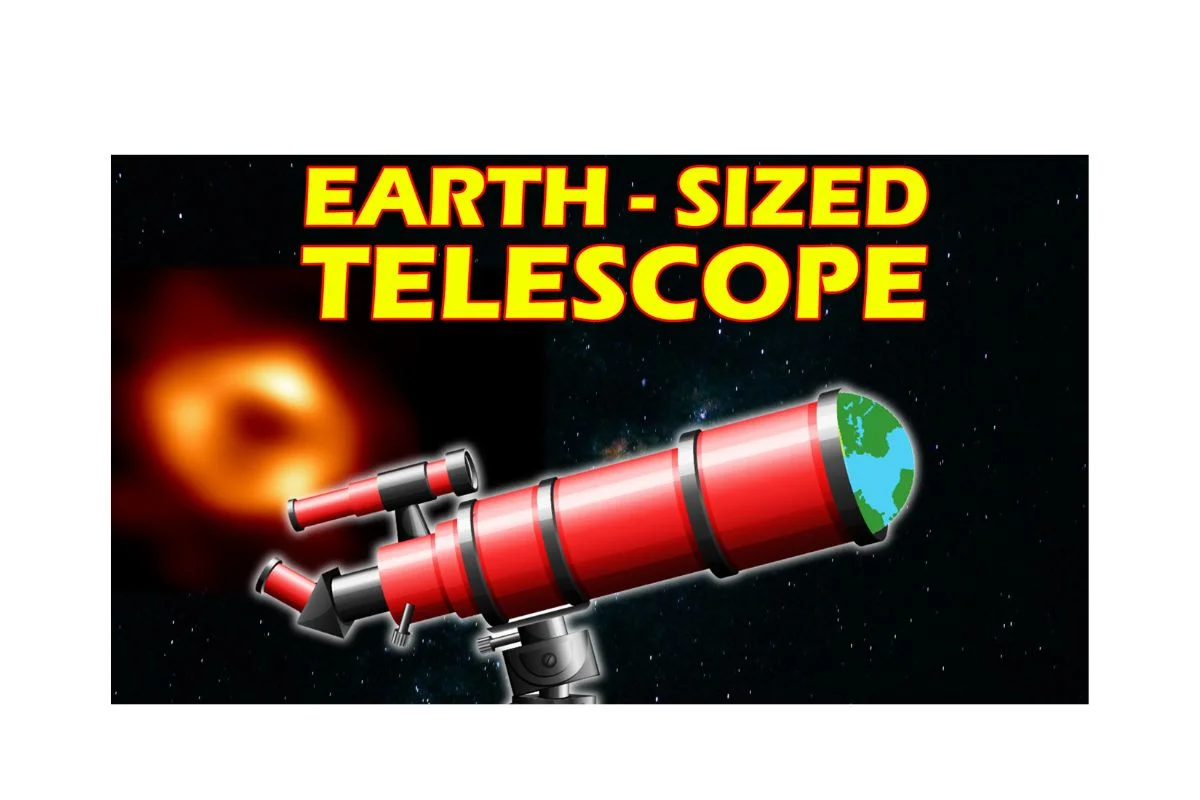
If you are a follower of TheAlienTech, then you already know that the bigger the aperture of a telescope, the sharper and clearer image it gives.
Recently scientists captured an image of a black hole that is at the center of our galaxy. The name of the black hole is “Sagittarius A*”. The image is taken with an “Event Horizon Telescope”.
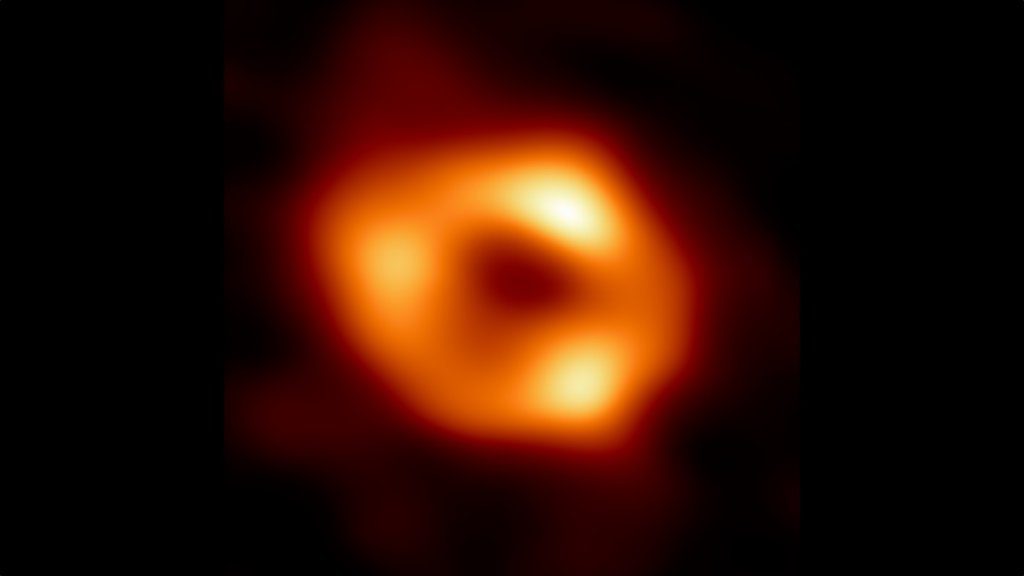
In this article, we will see how the event horizon telescope works. Objects like black holes are so far away, that it is impossible to see them through a normal telescope. So a normal terrestrial telescope cannot convert the light coming from these objects into an image. The light coming from these objects is so weak you need a really big aperture telescope to see these objects. When we say big aperture that means the aperture size should be as big as the Earth. And building Earth-sized telescopes is just impossible. So, the scientists came up with a new idea.
VLBI (Very Long Baseline Interferometry)
The idea was to use multiple large telescopes located at different locations on the earth. Each telescope collects the data of the celestial objects. By combining and processing this data, you get an image similar to that of an earth-sized telescope. This is exactly how the Event Horizon telescope works.
The Event Horizon Telescope is a large global network of radio telescopes. The Event Horizon telescope is a very high-resolution telescope. It consists of many radio-telescope facilities around the world. They work together to produce a high-resolution image of an object. VLBI is a technique in which radio telescopes separated by thousands of kilometers work together in order to make a bigger telescope. VLBI stands for ‘Very long baseline interferometry.
Apart from taking radio images of distant celestial bodies. With the help of VLBI, we can track satellites, study the earth’s rotation, and very precisely track the movement of tectonic plates.
This technique measures the time differences between the arrivals of radio waves at each radio telescope.
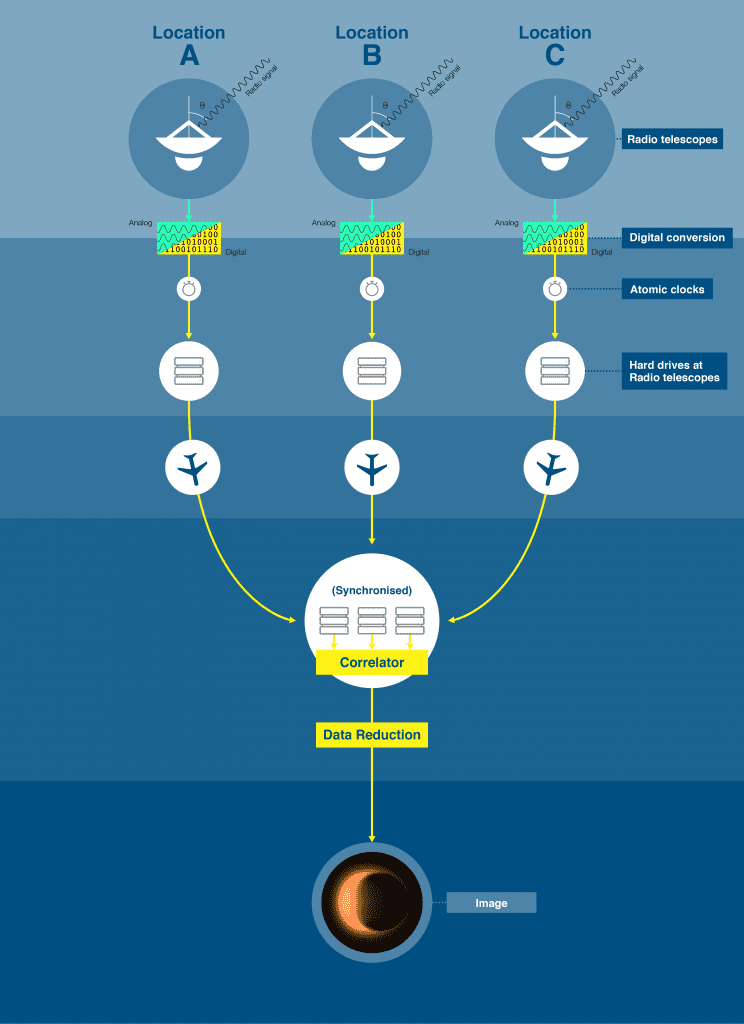
Let’s say there are four telescopes in the VLBI array at different locations on the earth. Now all these radio telescopes will point towards the same object in the sky. These radio telescopes will collect the data and record the time of the receiving data in the physical hard drive. The radio telescopes use atomic clocks that measure time very precisely. Now, all the hard drives which have the data are sent to a central location. There is processing there and the computer looks for interference from different radio signals & you get the image of the distant celestial object, like a black hole.
The more radio telescopes you add to the array the clearer and the sharper image you get. There are two images of the black holes. Scientists are trying a similar method to build a telescope, that is bigger than the earth.

